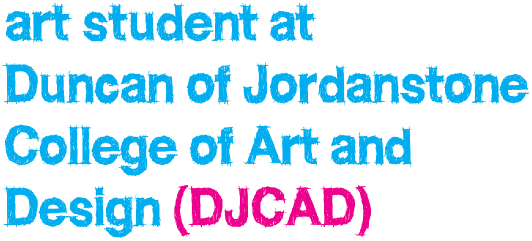 |
|||||||||||||||||
 |
|||||||||||||||||
 |
|||||||||||||||||
 |
||
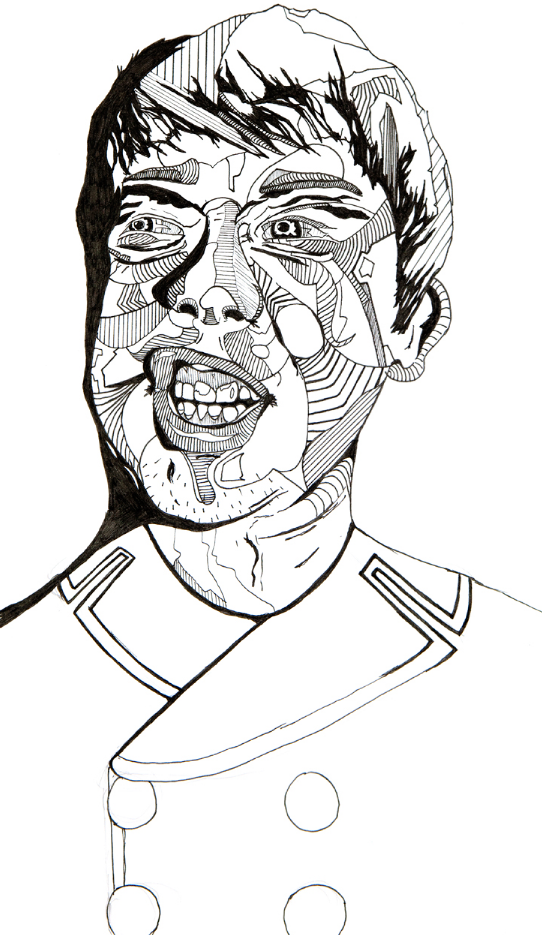
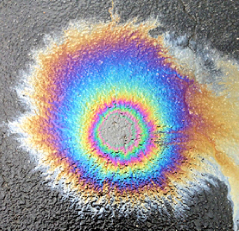
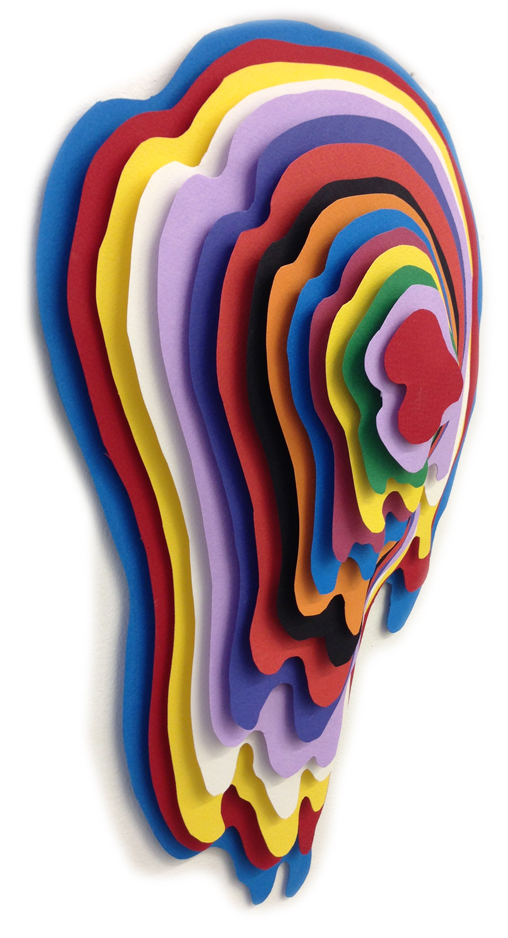
This is work for simester one, third year.
Walking home form DJCAD I saw a diesel spill on the road. Although toxic and destructive to the environment, I thought it looked beautiful. Like the example photo above, the colours are amazing. So I set about constructing paper sculptures based on the idea of the diesel spill. I had fun experimenting with different shapes and colours.
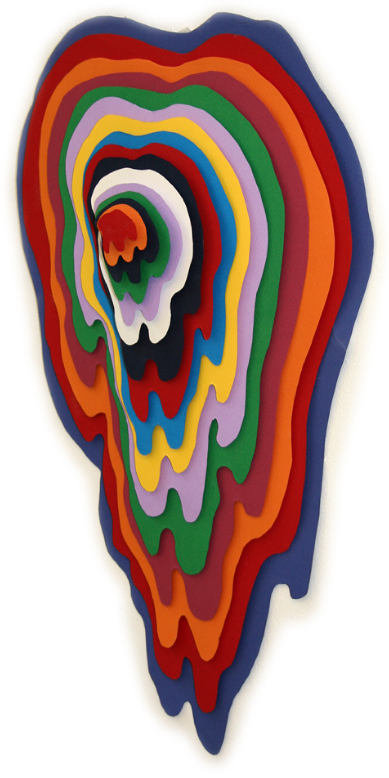

When I photographed the sculpture shapes outside the art school, they look like the sawn off limbs of a tree. They could also be strange fungi type growths, melting down the tree trunk.
Self...
For the modual ‘self’ I wanted to look at my distant family history.
My connection with the Spanish Armada and slaves form the Kingdom of Tonga – Islands in the South Pacific.
The Spanish Armada sailed on July 19th 1588 for England. Only 67 ships out of 130 returned to Spain – a loss rate of nearly 50%. Over 20,000 sailors and soldiers were lost or killed. When defeated, the English fleet blocked off the English Channel to the south. When the Armada reassembled into a fleet, it could only go up the East Coast of England / Scotland and then around the north of Scotland. The Armada then sailed past the western Irish coast and back to Spain.
Off the East Coast of Scotland, a great storm wrecked a ship of the Armada off Caterline, near Stonehaven. Many of the sailors were lost but some survived. It is said that Spanish and Tonga men were imprisoned in Caterline. They were eventually released and settled in the surrounding costal communities. Many of them married and had children. We believe our family has a genetic link to the Spanish and Tonga men who survived the shipwreck all those generations ago.
I’ve created different images of myself, pen and ink, wooden board and mixed media. The idea was to capture the madness of the slaves and the danger that they faced.
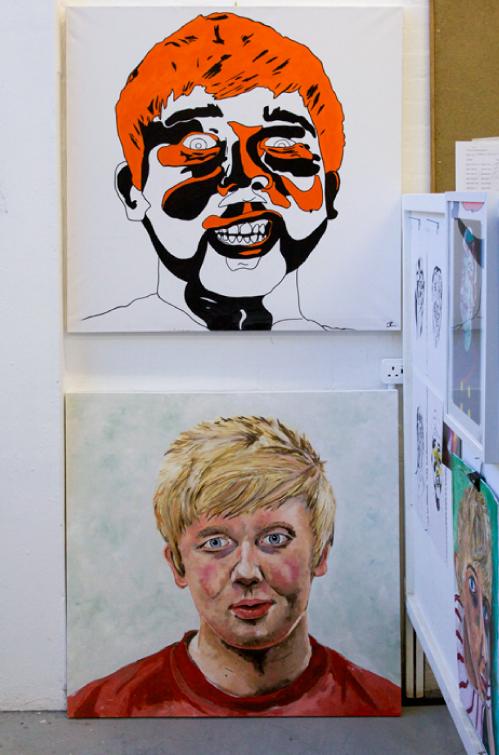

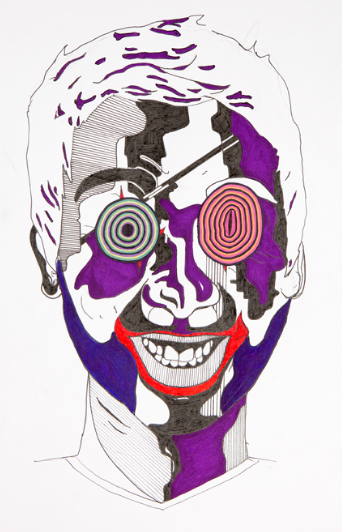
The Other...
This idea and concept came to me when I was playing cards with my friends. I wanted to immortalise them in the playing cards. I photographed my friends and then hand drew their profiles. Next I traced my drawings and flipped them over to create the upside down mirror image as seen on playing cards. I wanted to add vibrant flat colour to bring them to life. I did this by importing them into Photoshop. This gave them a look of the Pop Art style, seen in the 1960's. I printed them off at actual playing card size and framed them.

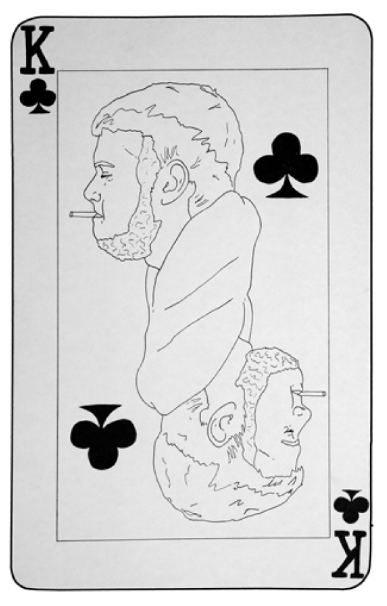
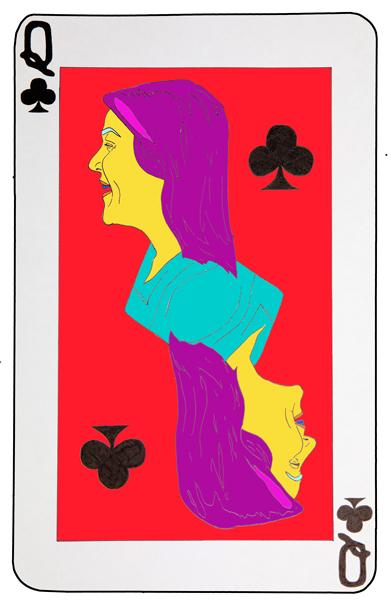
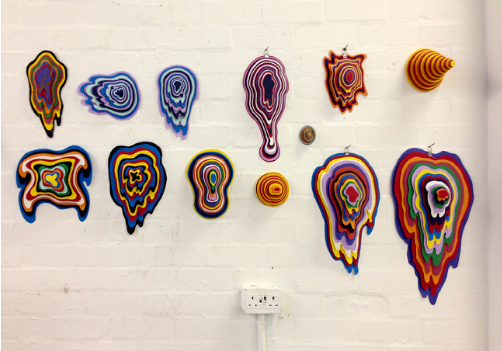
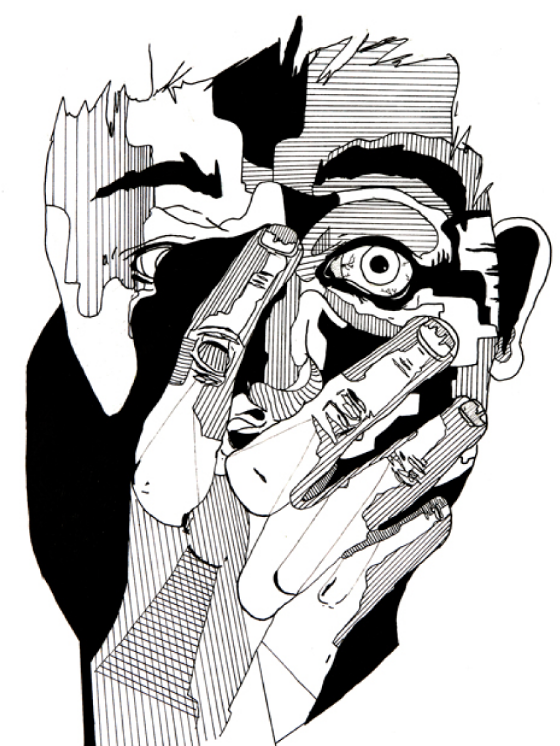
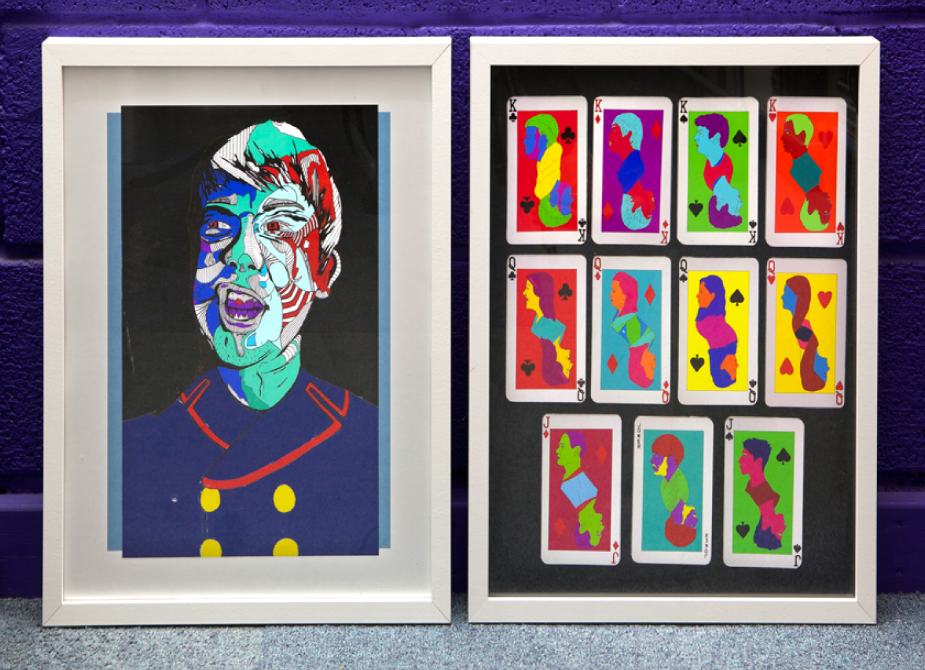
Simester 2 work.
The idea of 'Opposites' got me thinking about swapping materials and ideas based on the work I did in second year.
I have developed my idea of the Atom Alter, from year two. I reversed the materials and the idea... Wooden balls sticking to a steel cube. But the idea of swapping, or opposites is something in life that is far more widespread when you look at it in more detail. For instance: Freedom and incarceration, good and evil, black and white, up and down, emotion and logic, left and right, dark and light, and so on.
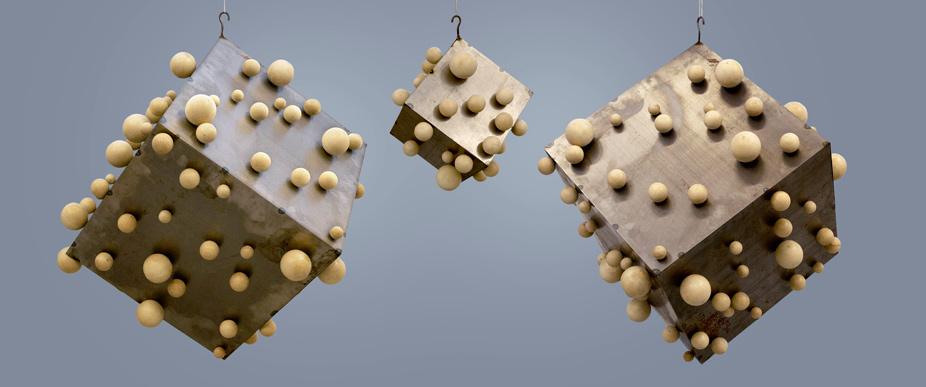
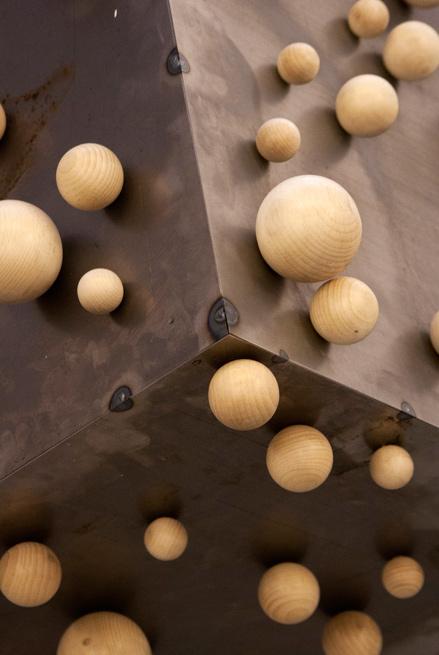
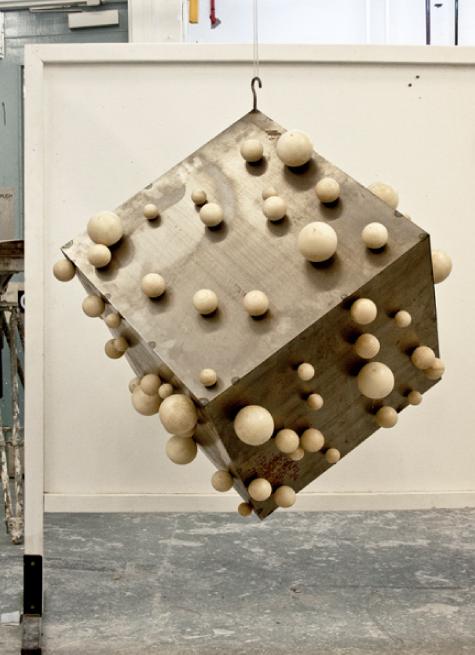
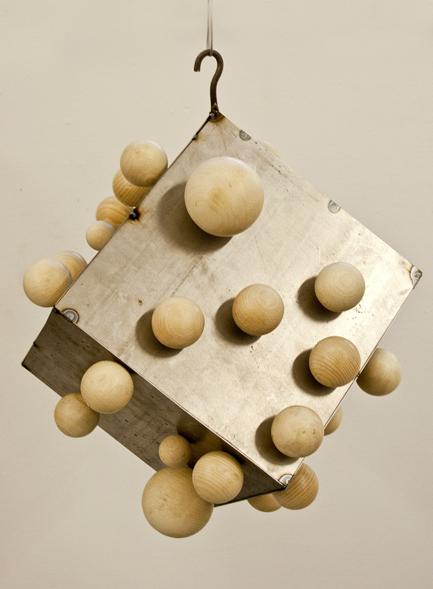

Simester 2 work: Men of clay turn to gold
I have developed the idea of South American Cultural icons from clay in second year, to fabulous gold icons. Men will kill for gold, but clay is perceived as valueless.
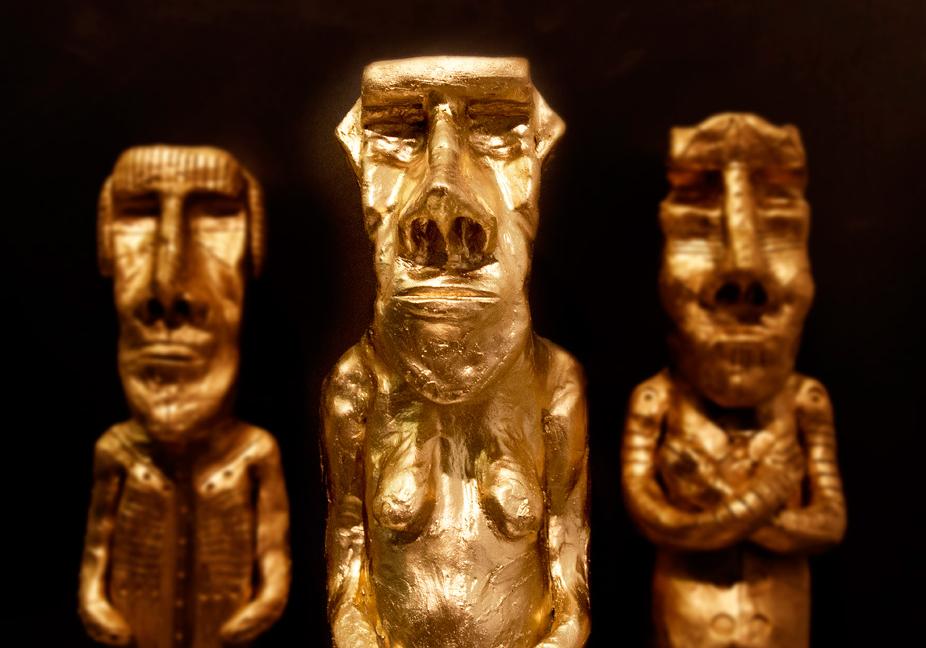
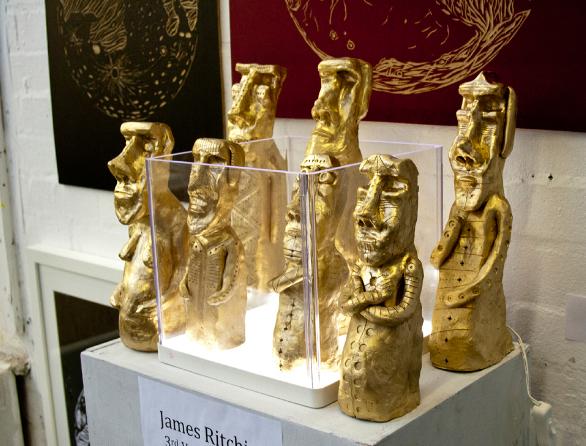
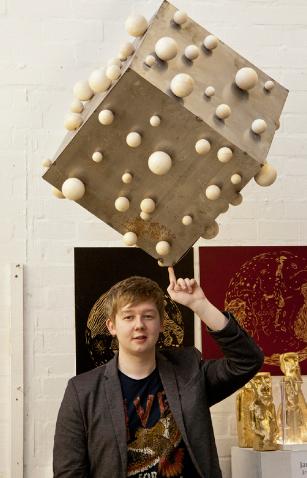
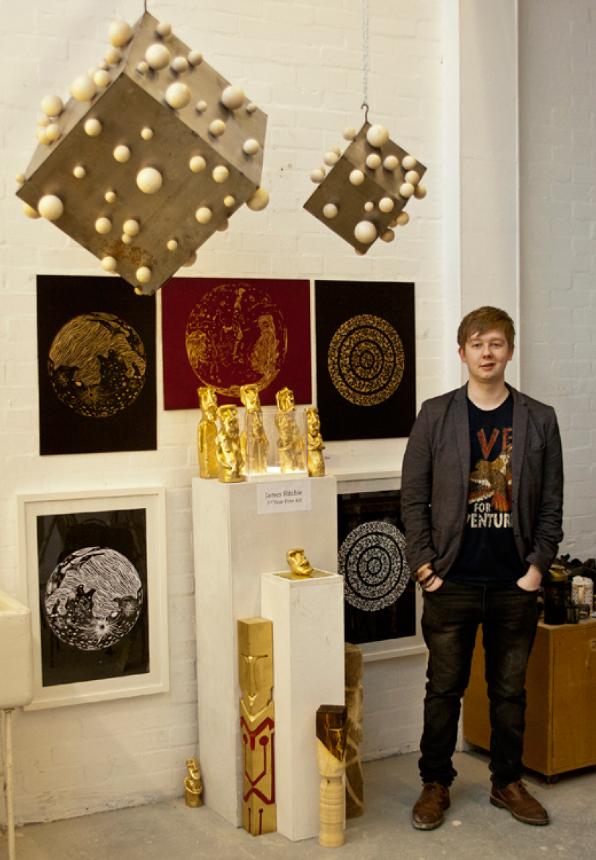
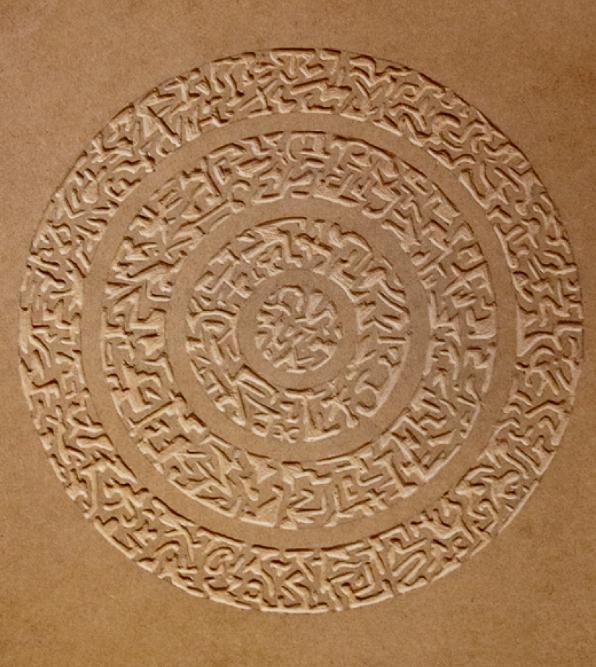
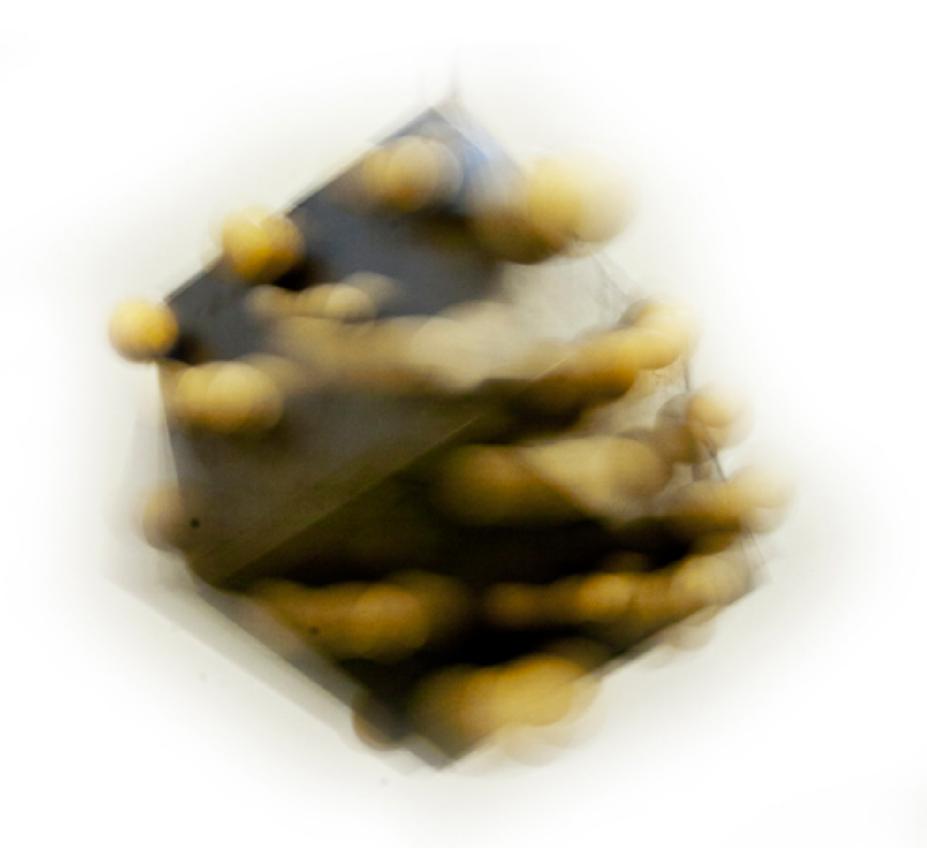
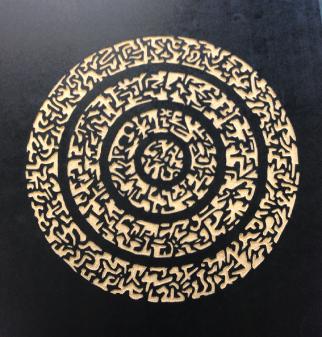
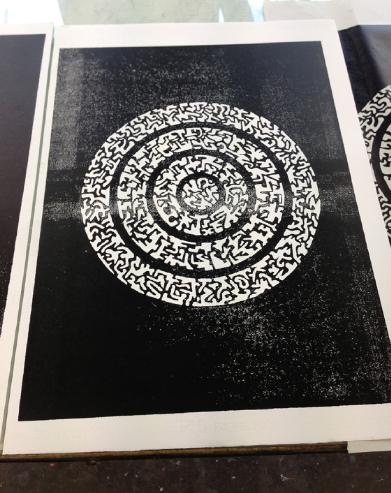
Simester 2 work: The idea of Opposites
Me defying gravity with one finger...
Opposites!
Carved sculpture transformed into another art form, printed paper.
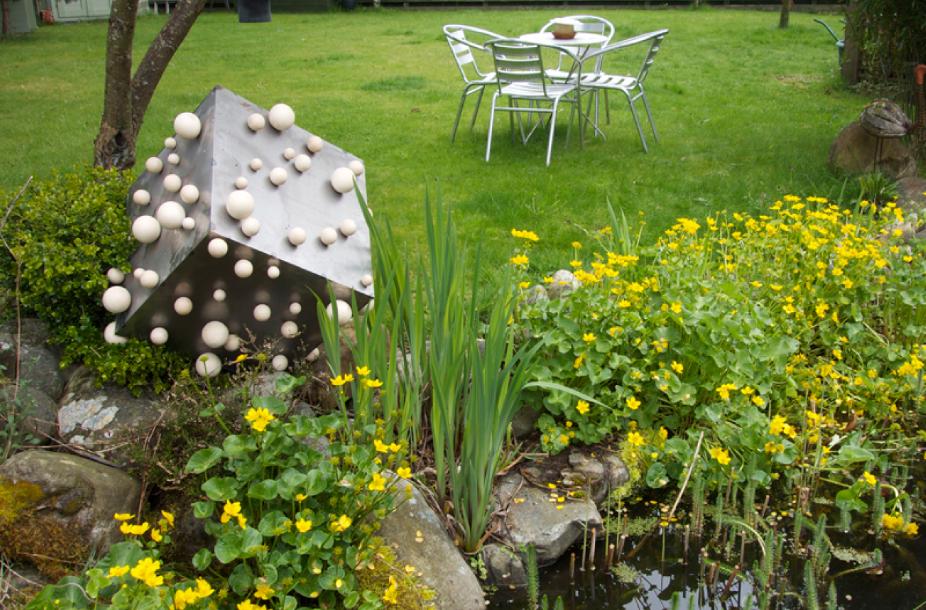
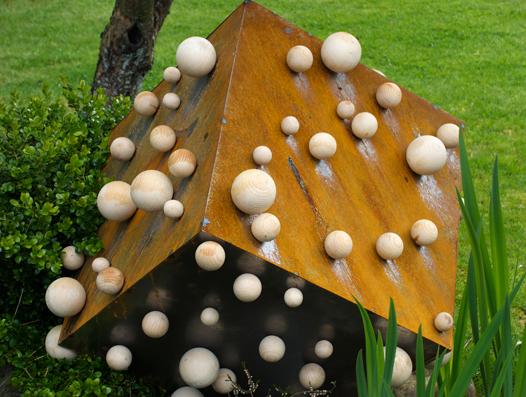
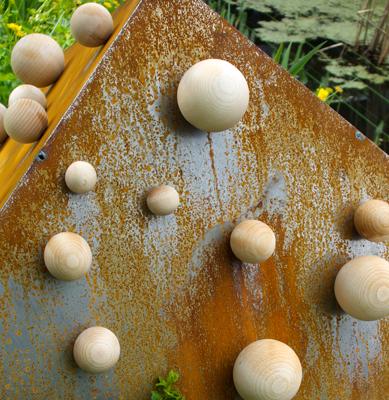
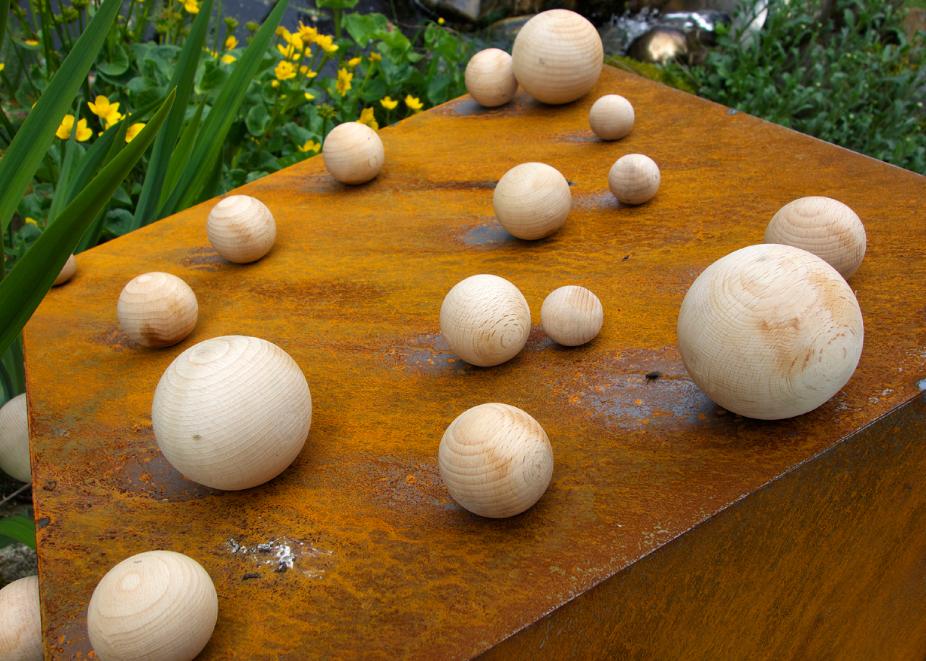
© James Ritchie 2015 All Rights Reserved
No part of this website or any of its contents may be reproduced, copied, modified or adapted, without the prior written consent of the author. Commercial use and distribution of the contents of the website is not
allowed without express and prior written consent of the author.
James Ritchie BA (Hons) Fine Art – Duncan of Jordanstone College of Art and Design Dundee.
